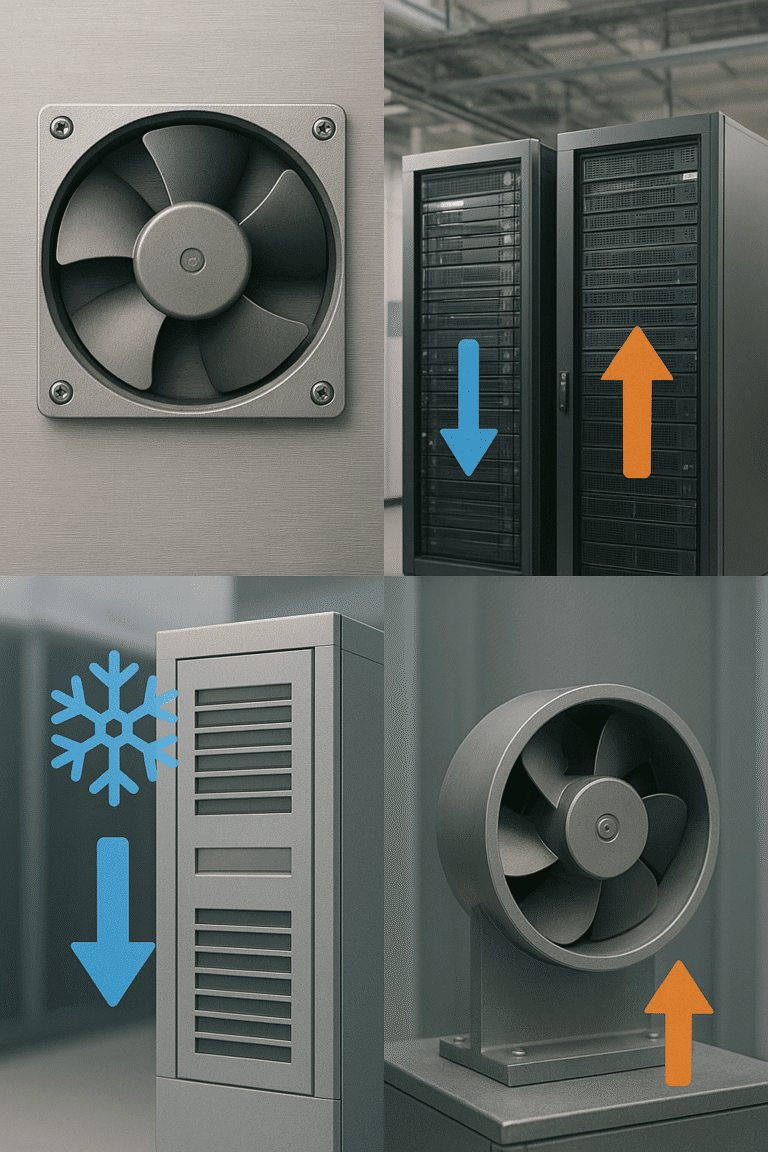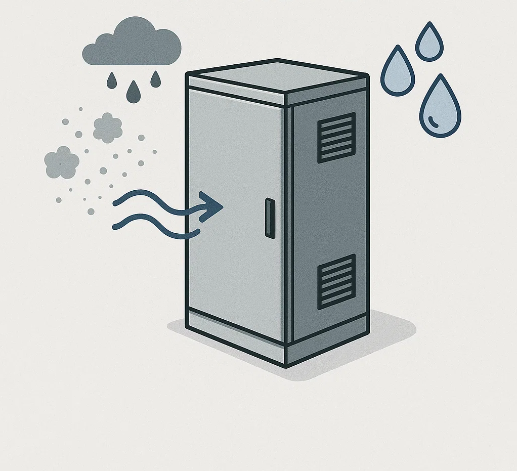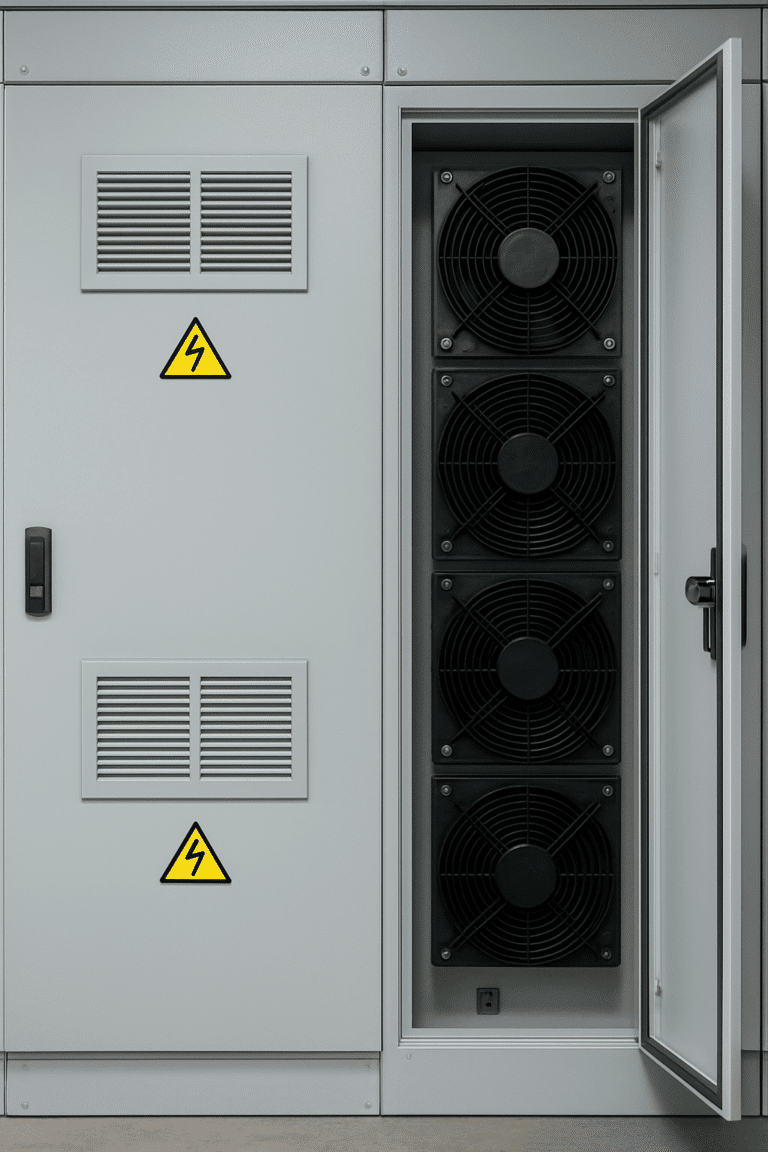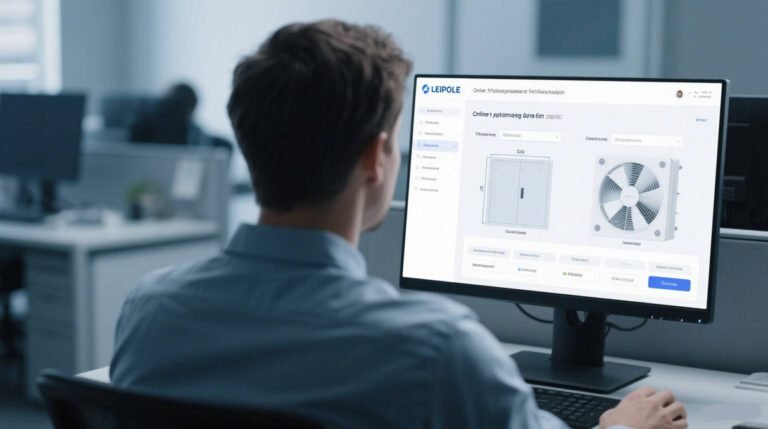1. The Secrets Behind Material Selection
Industrial-grade Sealing Materials: While high-quality silicone and fluororubber (FKM) are more expensive, they offer superior aging resistance within the -40°C to +150°C range. Most cheaper products use ordinary EPDM, which can crack after three years.
Metal Sheet Thickness: While they may appear to be 1.5 mm stainless steel, the corrosion resistance of 304 and 316 differs significantly. 316 or nickel plating is strongly recommended for coastal or pickling environments.
2. Installation Details Determine Lifespan
Reserve Tensile Strength Allowance: When designing, ensure the hole diameter is 3–5 mm larger than the maximum cable outer diameter. Otherwise, tightening the cable gland can cause the seal to shift laterally, leading to leakage.
Backplate Reinforcement: For large-diameter or heavy cables (>25 mm), screw fastening alone cannot withstand vibration. Therefore, a metal support plate or anti-vibration pads should be installed on the back.
3. Industry Application Scenario Tips
PLC and Industrial Bus Isolation: In automation cabinets, using cable entry plates that separate power cables and Profibus/Modbus communication cables in separate compartments significantly reduces EMI interference, eliminating the need for additional shielding.
Thermocouple and power cable routing in the same hole is a major taboo: Sharing the thermocouple conductor path with high-voltage cables can result in temperature reading errors of up to ±2°C. Separate holes should be used, using metal partitions or multi-cavity entry plates.
4. User Experience and Maintenance Tips
Quick Maintenance Design: Snap-in grommets allow for the replacement of single-path seals without stopping the machine, reducing average maintenance time from 2 hours to 15 minutes.
Dust Protection Bonus: For precision instrument cabinets, it is recommended to install a disposable filter on the back of the entry plate to avoid regular dust cleaning. Even enclosures rated IP54 will attract dust due to frequent door openings.
5. Unveiling Advanced Customization Requirements
Integrated EMC Grounding Kits: M4 contacts are reserved on the Entry Plate for grounding the shield, eliminating the need for additional grounding wires and improving grounding performance. This has become a standard feature on high-end OEMs.
Integrated Hydraulic Pipe and Cable Integration: Customized composite Entry Plates allow for separate routing of both hydraulic pipes and cables within the hydraulic system control cabinet, eliminating the potential for cluttered wiring and leaks on-site.
6. Future Trends and Selection Recommendations
3D Printing Rapid Prototyping: For small-batch projects, Entry Plates can be manufactured using high-temperature resistant nylon additive manufacturing. Any combination of materials within a 30 mm aperture can be achieved, shortening delivery times to less than three days.
Intelligent Monitoring Interfaces: Some leading manufacturers have integrated micro humidity and temperature sensors into the Entry Plate, using built-in Wi-Fi/Modbus RTU to monitor cable sealing status in real time and provide early warning of seal failure.

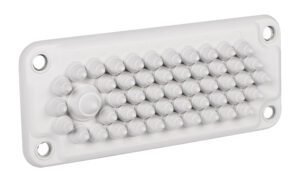
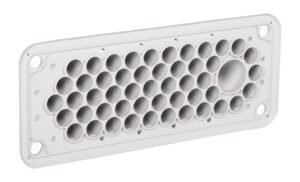
 Delivery delays – affecting project progress and production line stability
Delivery delays – affecting project progress and production line stability




